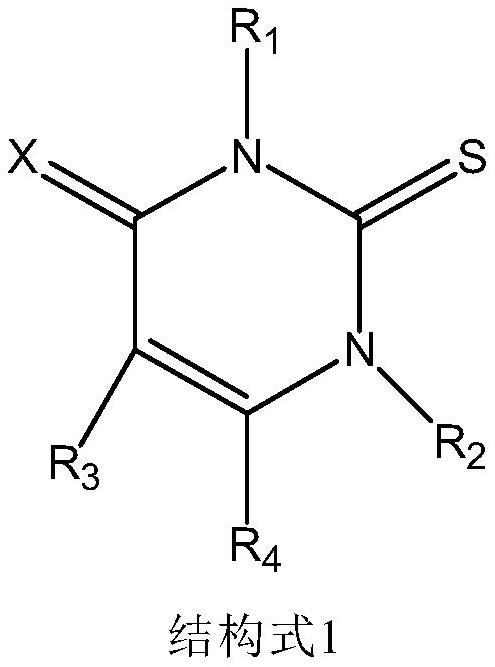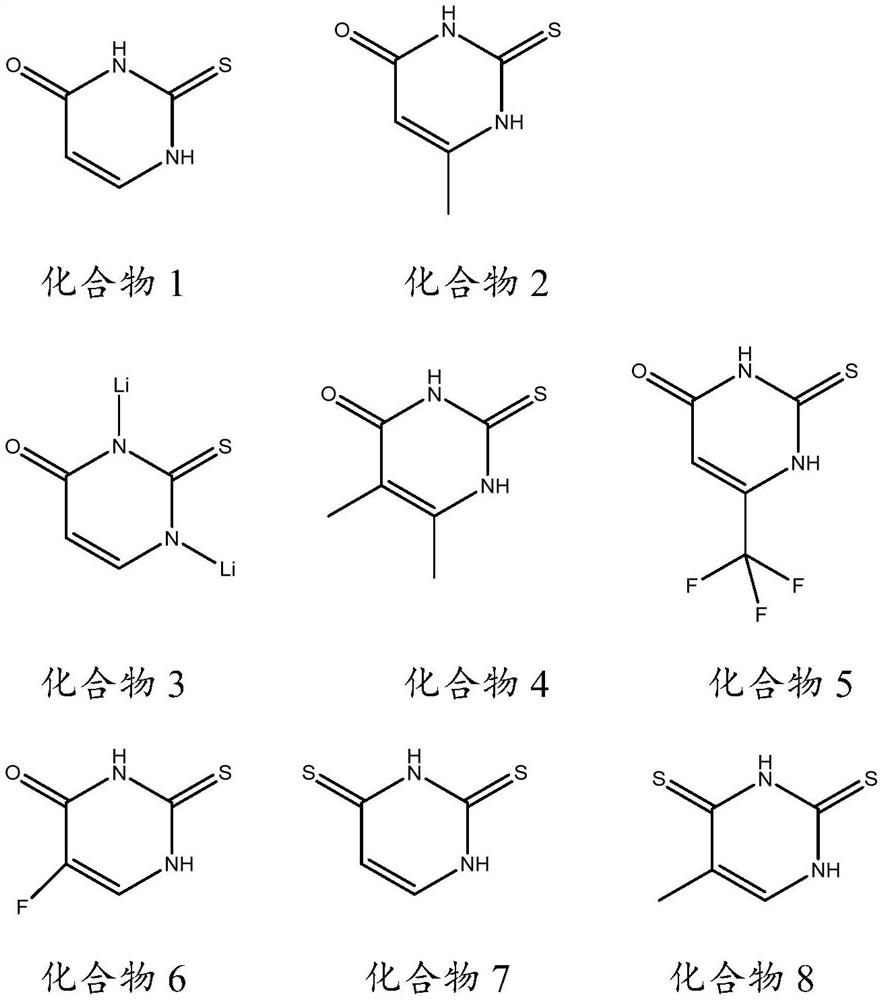Lithium ion battery non-aqueous electrolyte for fast charging and lithium ion battery
A lithium-ion battery and non-aqueous electrolyte technology, applied in secondary batteries, circuits, electrical components, etc., can solve the problems of low rapid discharge capacity, long charging time of lithium-ion batteries, and inability to match the fast charging system of digital batteries
- Summary
- Abstract
- Description
- Claims
- Application Information
AI Technical Summary
Problems solved by technology
Method used
Image
Examples
Embodiment 1
[0030] (1) Preparation of non-aqueous electrolyte for lithium-ion batteries: in a nitrogen-filled glove box (O 2 2 (02 2 (0<3ppm), slowly add 12.5g of lithium hexafluorophosphate into the mixed solution, and mix well to make a non-aqueous electrolyte solution for lithium-ion batteries.
[0031] (2) Preparation of positive electrode: Lithium cobalt oxide material, binder PVDF and conductive agent SuperP are uniformly mixed at a mass ratio of 95:1:4 to make a certain viscosity lithium ion battery positive electrode slurry, and the mixed slurry is coated with After being clothed on both sides of the aluminum foil, the positive electrode sheet is obtained after drying and rolling.
[0032] (3) Preparation of negative electrode: artificial graphite and conductive agent SuperP, thickener CMC, and adhesive SBR (styrene-butadiene rubber emulsion) are made into a slurry in a mass ratio of 95:1.5:1.0:2.5, and mixed evenly. The mixed slurry is coated on both sides of the copper foil, dr...
PUM
 Login to View More
Login to View More Abstract
Description
Claims
Application Information
 Login to View More
Login to View More - R&D
- Intellectual Property
- Life Sciences
- Materials
- Tech Scout
- Unparalleled Data Quality
- Higher Quality Content
- 60% Fewer Hallucinations
Browse by: Latest US Patents, China's latest patents, Technical Efficacy Thesaurus, Application Domain, Technology Topic, Popular Technical Reports.
© 2025 PatSnap. All rights reserved.Legal|Privacy policy|Modern Slavery Act Transparency Statement|Sitemap|About US| Contact US: help@patsnap.com



